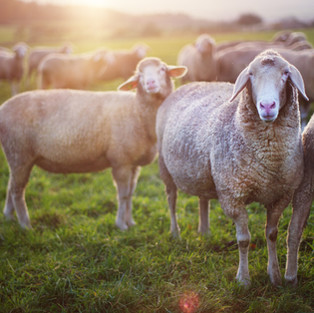Introduction World Building
- Mayte Vaos

- Mar 22, 2021
- 2 min read
The cognitive human ability of worldbuilding or imagining worlds is an innate human and adaptive capacity that has been recognized throughout the history of mankind. Through the documents recovered over time in various media, paintings, writing, dance, cinema, computer, etc., the human being has developed "do as" behaviors through play and the creation of imaginary characters and worlds. It is innate in humans the ability to not only creating these alternative worlds but also the ability to enjoy both the process and the result of this creations. One only has to remember how time stopped when we were children and we tried to immerse ourselves in different roles and environments. But adults too, with different goals perhaps, we enjoy this ability. Psychologists Tooby and Cosmides state this in five points: 1. The ability to “simulate” situations (to imagine them without acting on them) has great value for humans both in survival and reproduction. This ability to simulate seems to occur innately in the human species. We evolved the “association cortices” in our large frontal lobes for just this purpose. 2. All cultures create fictional, imagined worlds. We humans find these imagined worlds intrinsically interesting. 3. Responding to imaginary worlds, we engage emotion systems while disengaging action systems. 4. Humans have evolved special cognitive systems that enable us to participate in these fictional worlds. We can, in short, pretend and deceive and imagine, having mental states about mental states . 5. We can separate these fictional worlds from our real-life experiences. We can, in a key word, decouple them.
It may therefore seem natural that beyond its adaptive or basic purpose, this ability of worldbuilding develops in adulthood as a form of entertainment, and of course, art.
Extense research correlates worldplay with later artistic endeavor and mature creative accomplishment in the sciences and social sciences.
Bibliography
Mark J.P. Wolf. (2012). Building Imaginary Worlds : The Theory and History of Subcreation. Routledge.












Comments